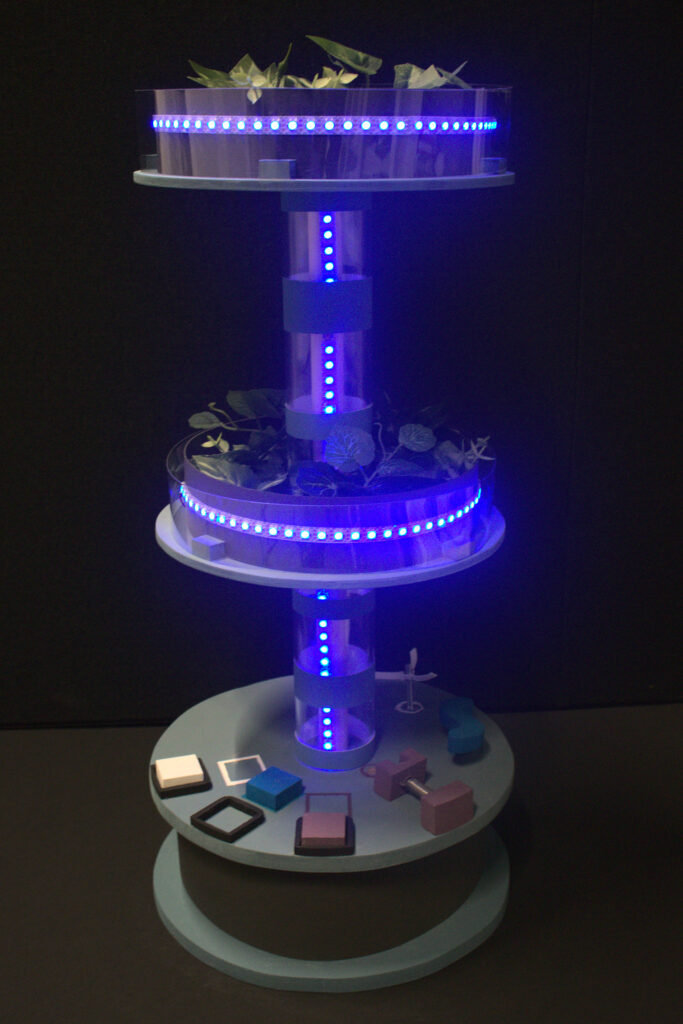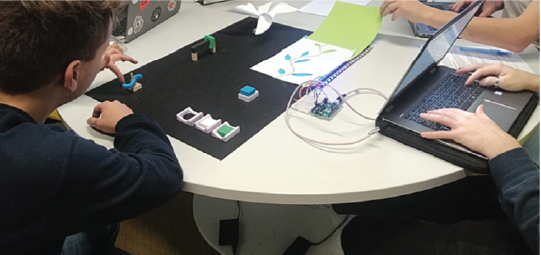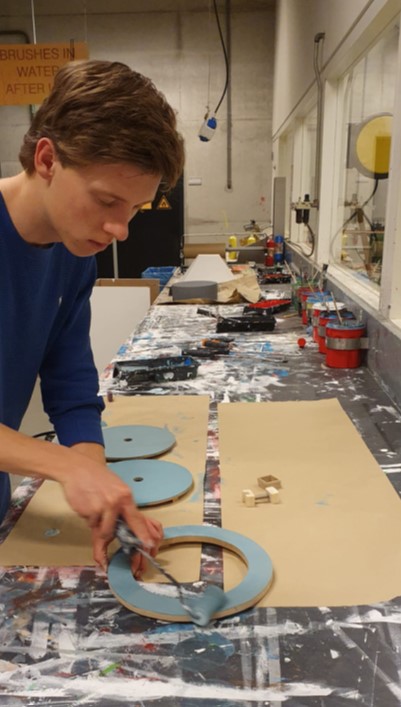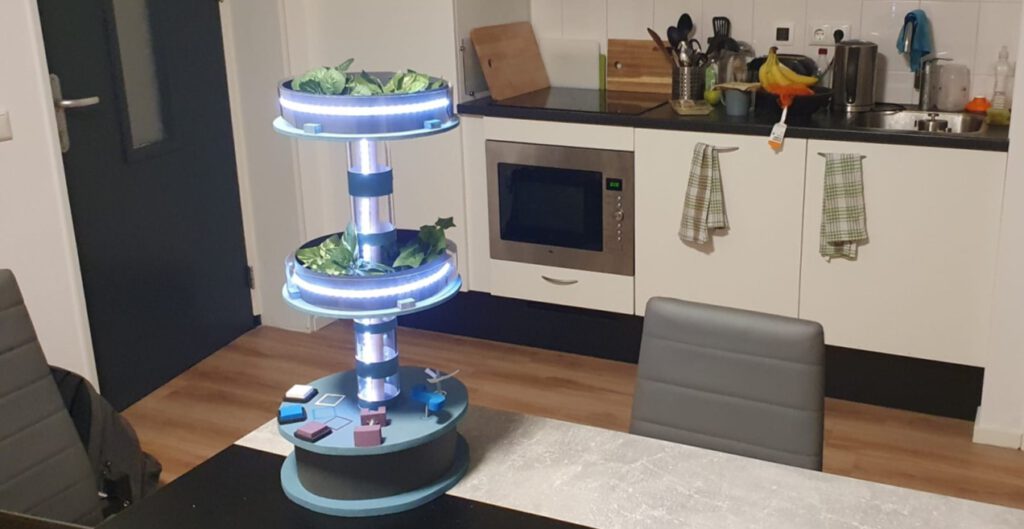DiVine is an interactive hydroponic in-home garden, designed for the household of the future. The group design project from the New Futures squad focussed on Living Environments. DiVine allows family members to maintain their garden thourghout the day with subtle, yet meaningful interaction. Users implement 3 elements into the garden with simple actions and receive feedback through light, sound and movement. The perceptual actions are designed to enlarge self-control in the future home. Especially, since worrying trends of daily tasks getting automated, thus residents losing control of their own home.
I learned creative methods to visualize my ideation, such as multiple types of sketching and rapid prototyping. A better coherence stimulated the design process and allowed for deeper exploratory ideation.
DiVine Graden focussed on the user experience of the rich-interaction system of the garden. A user test provided insights about the percieved feedforward and -back by the user. Nescience about possible actions and prefered haptical interaction paved the way for further design interations. This test taught me about the value of a different perspective on provisional design concepts. Besides, I learned to better structure the test’s user acquisition, methods and analysis, adding more depth to my User & Society skills.
Lastly, the final prototype of DiVine was meant to communicate the garden’s size and possible interaction for future households. Magnets, LEDs and sound were used in the 3 different motions, as triggers for users to “feed the system”. The different prototypes throughout the project, and especially the making of the final prototype learned me new skillful techniques to convey a design’s story. I enjoyed the combination of electronics (sound & light display) and hardware (wood & plasters).



